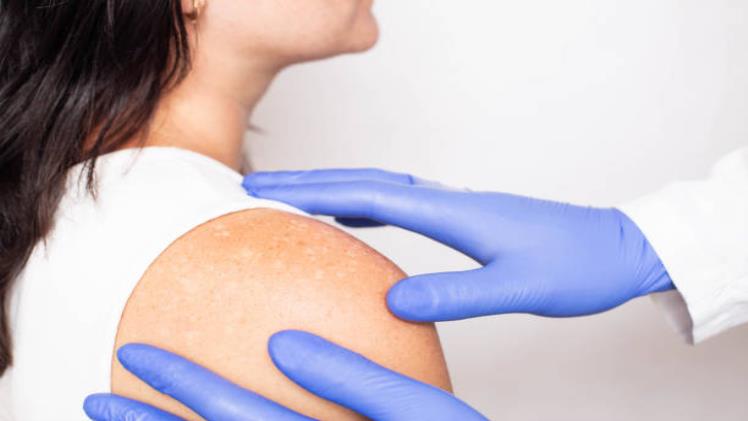Vitiligo is a type of condition that makes the skin lose color (in blotches). It occurs when pigment-producing cells stop functioning or die suddenly. The loss of skin color could affect any area of your body, including hair, eyes, mouth, etc. It is more noticeable in people with darker skin.
There are many kinds of treatments for this disease, but full recovery from discoloration is never a guarantee. Vitiligo causes the lack of pigmentation called melanin in a person’s skin.
Vitiligo triggers include genetics, neurogenic factors, autoimmune disease, sunburn, stress, and chemical exposure. It affects about 1% of the world’s population, and it is considered a cosmetic problem by many.
But, in reality, it is a medical condition, and sometimes, it requires proper treatment and diagnosis. Different types of vitiligo require different treatments, but what are those types?
What are the types of vitiligo found in people?
There are many varieties of vitiligo found in the world, but there are six main types. These six are prominent and affect a large population across the globe.
Visit The Site: cruoz
Generalized: This one is quite common in people. This happens when macules appear in different places on your skin.
Mucosal: It harms the mucous membranes of your mouth and the genitals.
Focal: This is not a common type, and in this, the macules are in a small area and don’t grow in a specific pattern.
Segmental: This is restricted to one part of the body or one place, such as the hands or face.
Trichome: This means a colorless or white center, an area of lighter pigmentation around it, and an area of normal colored skin (outermost part).
Universal: This type is also rare, and in this, more than 80% of the skin lacks pigment.
What are the symptoms of this disease?
The symptoms and signs include the following:
- Loss of color in patches includes the eyes and the mucous membranes in a person’s nose or mouth.
- Patches of hair on the face or head turn prematurely white or gray.
What are the causes of this disease?
The causes of this condition aren’t completely understood, but there are some important theories:
Genetic related: Certain factors that may increase the chance of getting this disease can be inherited.
Autoimmune disorder: An affected patient’s immune system could create antibodies that can destroy melanocytes.
Self-destruction: The melanocytes destroy themselves due to them being defected which causes them to do so.
Neurogenic factors: The substance that is noxious to melanocytes could be discharged at the nerve endings of your skin.
Vitiligo treatment
There isn’t a solid, long-lasting cure for this condition, and medical treatment aims to form a uniform skin tone by restoring the skin’s color or removing the color that’s remaining. Common treatments include the following:
- Therapies: Camouflage, light, and repigmentation
- Surgery
- Counseling
This disease sometimes causes psychological distress to people as it severely changes their outlook and social interactions. One can consult a psychologist suggested by their doctor or join a support group. Joining these groups and consulting a psychologist will help the patient’s recovery from mental stress and anxiety.
Recovery
Recovery of this disease requires at least two years and can go up to 5 years. With proper care and treatment, one can make a recovery less. Vitiligo causes many issues, including mental distress, but there are many treatments/medications to minimize the effect and cosmetic treatments to cover up the discoloration.

